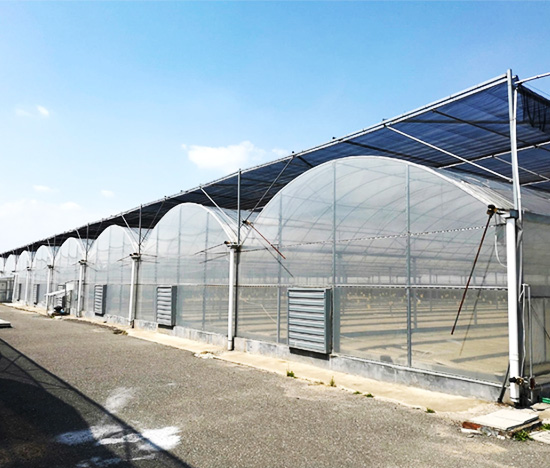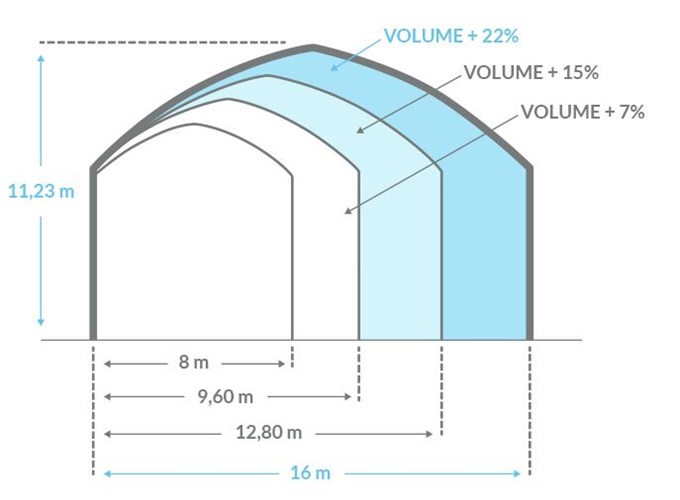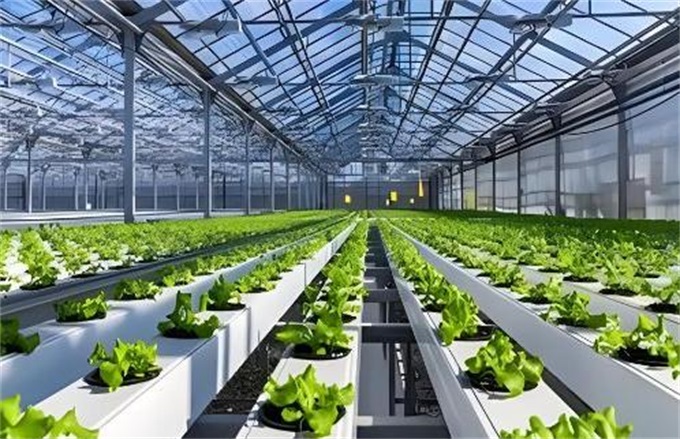Home > Products > Tunnel Greenhouse > Vegetable and Fruit Greenhouse






A single-span greenhouse is a greenhouse in which each greenhouse unit has only one span. Its advantages are simple structure, convenient use, and easy maintenance. However, its limitation is that a single span limits its use area, which is not conducive to large-scale production.
What is the difference between single-span and multi-span greenhouses?
1. Single-span greenhouse
A single-span greenhouse is a greenhouse in which each greenhouse unit has only one span. Its advantages are simple structure, convenient use, and easy maintenance. However, its limitation is that a single span limits its use area, which is not conducive to large-scale production.
2. Multi-span greenhouse
Multi-span greenhouses are greenhouses in which each greenhouse unit has multiple spans. Large-area multi-span greenhouses can be built on limited land. The structure of a multi-span greenhouse is more complex than a single-span greenhouse and is more difficult to use and maintain. However, its applicable area and production efficiency are higher, and it is an important part of modern and efficient agriculture.

Thin film multi-span greenhouse is a simple and practical greenhouse structure, using steel frame and film covering material, used for growing vegetables, flowers and other crops. This kind of greenhouse has the advantages of light weight, simple structure, low cost, long service life, etc. It is the most widely used type of greenhouse at present.
The differences between smart greenhouses and traditional greenhouses:
The differences between smart greenhouses and traditional greenhouses are reflected in many aspects.

First of all, smart greenhouses are equipped with advanced sensors and control systems that can automatically monitor and adjust environmental conditions such as temperature, humidity, and light. Traditional greenhouses usually require manual intervention to achieve these adjustments. Secondly, smart greenhouses can collect and record environmental data inside and outside the greenhouse in real time and provide decision support through data analysis algorithms, while traditional greenhouses usually lack this ability.


In addition, smart greenhouses use advanced energy-saving technologies, such as efficient insulation materials, energy recovery systems, etc., which can significantly reduce energy consumption while making more efficient use of agricultural resources such as water resources and fertilizers. Traditional greenhouses require manual on-site operation and monitoring, which is more cumbersome and inconvenient.

Smart greenhouses also have a higher degree of automation and more convenient remote control functions. These features give smart greenhouses significant advantages in improving agricultural production efficiency, saving energy and resources, and reducing labor costs.
To sum up, smart greenhouses have a higher degree of automation, higher resource utilization efficiency and more convenient remote control functions than traditional greenhouses. These characteristics give smart greenhouses significant advantages in improving agricultural production efficiency, saving energy and resources, and reducing labor costs.




we’re the best